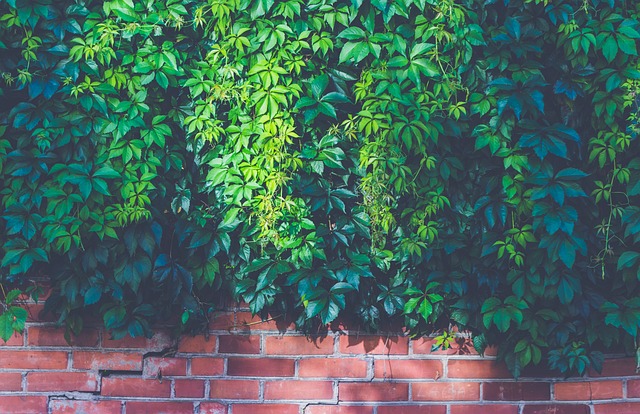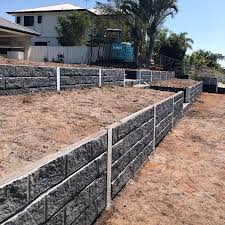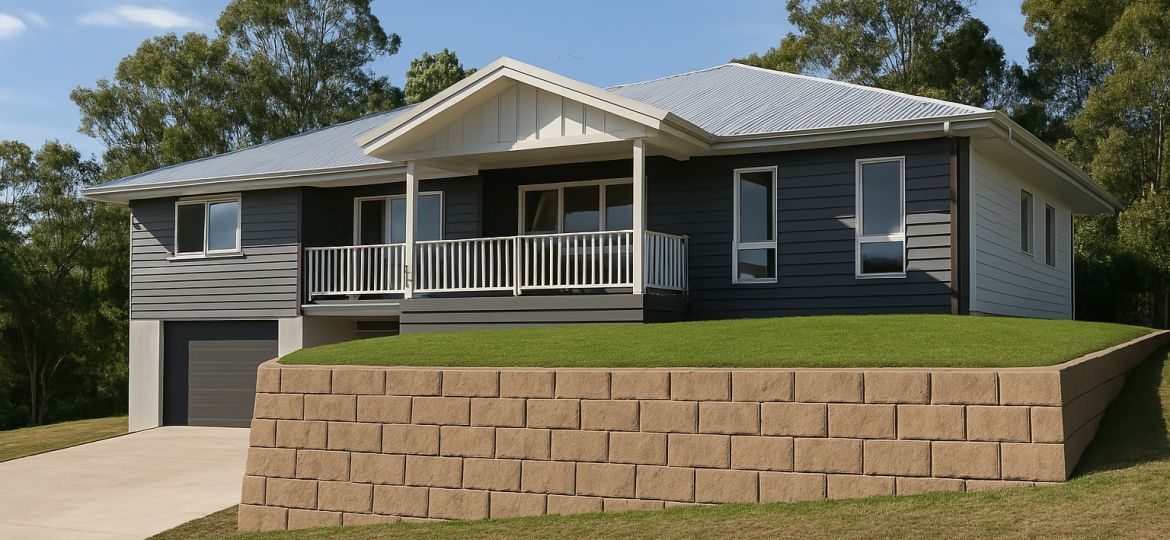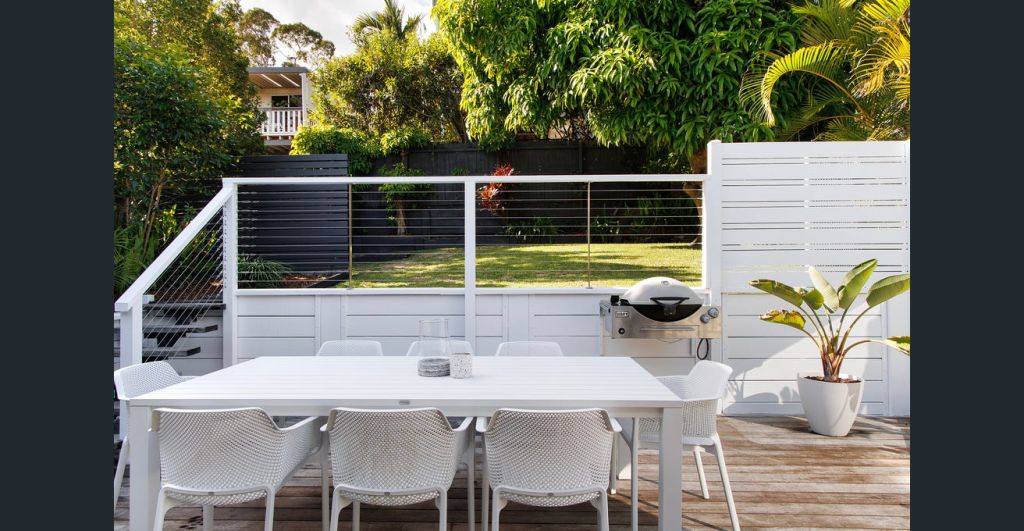From the lush Hinterland to the sandy coastal blocks of the Sunshine Coast, our beautiful landscape brings plenty of character—and a few challenges, especially when it comes to retaining walls. Whether you’re dealing with a sloping backyard in Buderim or a beachfront garden in Golden Beach, spotting the early signs of retaining wall problems can save you time, stress, and serious repair bills.
Here are five common retaining wall problems—and what you can do about each one.
1. Cracks in the Wall
Hairline cracks are common and usually not a cause for concern, but if cracks are widening or appearing more frequently, they can indicate deeper problems like structural movement, excessive pressure, or poor drainage. Cracks in load-bearing walls are especially concerning and should be addressed quickly to prevent failure.

How to fix it:
-
- Check for drainage issues behind the wall.
-
- Seal small cracks with the appropriate crack fillers or masonry sealants.
-
- For large or expanding cracks, consult a professional—especially if the wall is supporting a slope or structure.
2. Bulging or Leaning Sections
If your wall is bowing outward or starting to lean, it’s often due to pressure building up behind it. This could be caused by water-saturated soil, shifting ground, or insufficient wall design (such as shallow footings or poor post positioning).
How to fix it:
-
- Improve drainage behind the wall to reduce soil pressure.
-
- Rebuild or reinforce the wall with proper footings and structural support.
-
- For steep or complex slopes, consider installing a tiered wall design for better stability.
3. Water Pooling or Poor Drainage
Sunshine Coast storms are no joke. A common retaining wall problem is water collecting behind or at the base of your wall. This issue increases soil weight and causes erosion, both of which put extra stress on the structure. Waterlogged soil also tends to slide downhill, creating uneven pressure on the wall.
How to fix it:
-
- Install an agi pipe (wrapped in geotextile fabric) at the wall’s base to manage runoff.
-
- Use clean, free-draining backfill like 20mm gravel behind the wall.
-
- Ensure surface water is directed away from the wall—not toward it.
-
- Add weep holes to allow excess water to escape (suitable for concrete, stone, or brick walls).
4. Subsidence Around Your Retaining Wall
Subsidence is when the ground around or beneath the wall starts to sink or settle. This can happen due to soil erosion, natural ground movement, or human activity like excavation or water removal. If one side of the wall subsides, it creates uneven pressure, which can cause tilting or cracking. If the foundation underneath the wall shifts, it can lead to full structural failure.

How to fix it:
-
- Fill sunken areas with compacted materials like road base or crushed rock.
-
- Improve surface and subsoil drainage to prevent further erosion.
-
- In severe cases, professional help may be needed to stabilise the ground and re-establish proper foundations.
5. Blocks or Materials Shifting
Loose or misaligned blocks, or signs of separation between wall sections, are early indicators of instability. These retaining wall issues may seem minor, but they can quickly lead to larger structural problems if not addressed, especially in load-bearing walls.
How to fix it:
-
- Reset or replace any damaged or moved blocks.
-
- Make sure the wall has solid, deep enough footings—concrete strip footings are ideal for most installations.
-
- Use appropriate reinforcements if the wall is taller or retaining heavy loads.
Why Retaining Walls Fail on the Sunshine Coast
The Sunshine Coast’s unique terrain makes some walls more prone to failure than others. Factors to keep in mind during planning and maintenance include:
-
- Soil Type: Sandy soils (common in coastal areas) drain quickly but shift easily. Clay soils (more inland) hold water and pressure, demanding stronger builds.
-
- Slope Gradient: The steeper the land, the more pressure on the wall. Tiered designs help break up the load.
-
- Drainage: Good drainage is essential and often overlooked. Tailor solutions to your site and conditions.
-
- Footings: A strong base matters. Concrete footings suit most situations, while compacted road base or piles may be better in difficult or shifting soil.
Still unsure? A professional, like myself, can help you assess the problem around your retaining wall and offer the right fix. You can also check out my blog on solving drainage issues around your QLD home for more advice.
Don’t Forget Regular Maintenance
Even well-built walls need a bit of TLC. Regular inspections and small adjustments go a long way in avoiding bigger problems.
Maintenance tips:
-
- Keep an
eye out for new cracks, leaning, or shifting.
- Keep an
-
- Remove invasive roots and weeds that could
damage the structure.
- Remove invasive roots and weeds that could
-
- Clear out any blockages in the drainage system, especially after heavy rain.
-
- Treat timber and masonry to protect
against moisture, UV, and mould.
- Treat timber and masonry to protect
Want to hand it off? My Handyman Services Sunshine Coast are available to help keep your wall—and the rest of your property—in top shape.
Call to Action
Retaining walls play a crucial role in shaping and supporting your property—especially on the Sunshine Coast. With the right design, quality materials, and ongoing care, your wall will stand strong for years to come.
If you’ve noticed any of the troubling retaining wall problems above, don’t delay. These fixes could save you a costly rebuild tomorrow. I’m Sam from All Round Maintenance, and I’m here to help with all your general maintenance needs across Sunshine Coast—especially when it comes to drainage and retaining.
Got a question or planning a new wall? Get in touch—I’m always happy to help!



 eye out for new cracks, leaning, or shifting.
eye out for new cracks, leaning, or shifting.